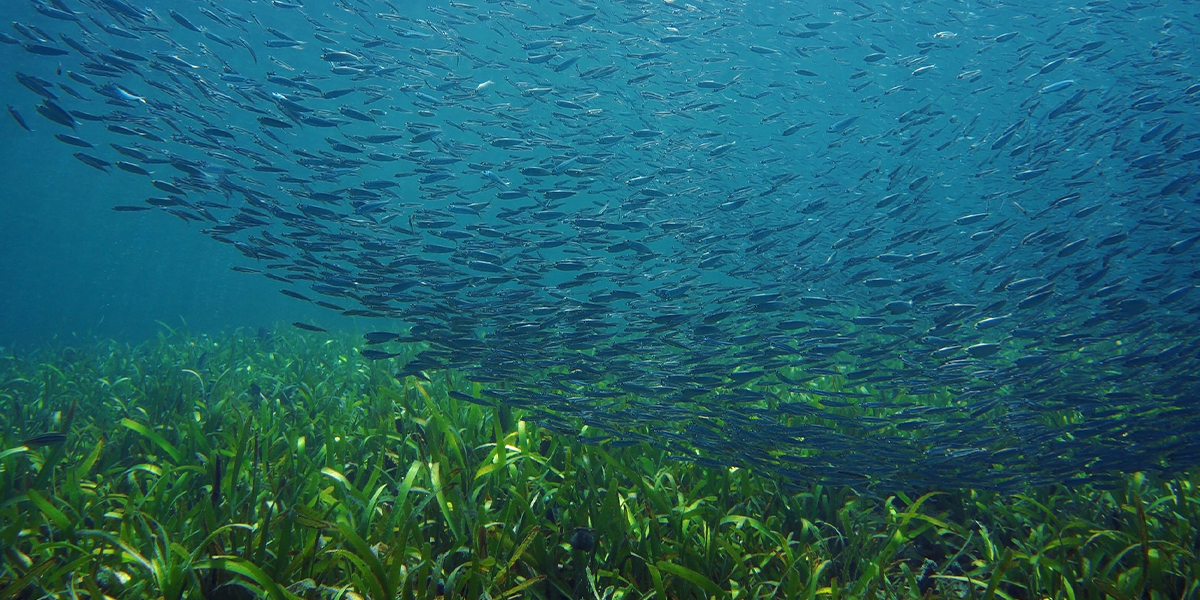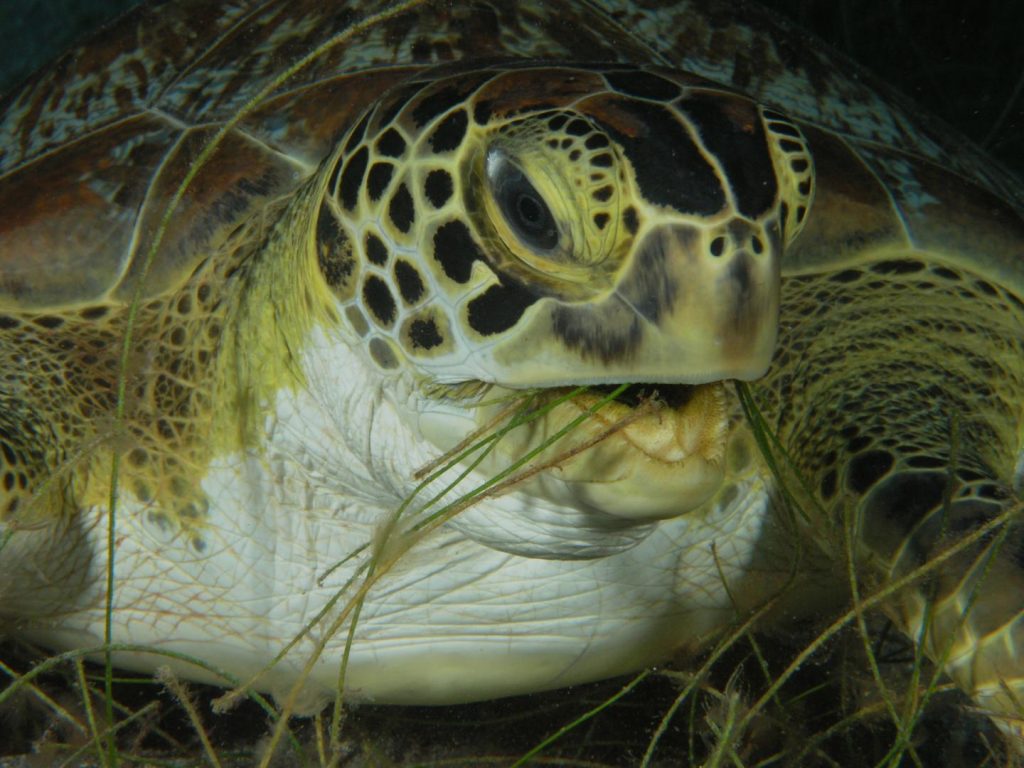Seagrasses are unique marine flowering plants, confined to living underwater and capable of harboring an ecosystem by forming meadows or beds. There are more than 70 species around the world, being only absent in Antarctica and ranging from the tropics to the Arctic. In the Caribbean region, four genera can be found: Thalassia, Halophila, Halodule and Syringodium. This shallow coastal ecosystem is often overlooked when compared with coral reefs and mangrove forests in the Caribbean Sea.

Source: The Ocean Foundation
Around 300,000 km2 of the world’s coastal environments are covered by seagrass beds, yet a rough average of their net primary productivity is around 817 gC m-2 year-1, second to mangroves (1000 gC m-2 year-1). Rather than just a number, this means that these plants play an important role in the carbon geochemical cycle by functioning as carbon sinks. They store up to 18 per cent of the world’s oceanic carbon, also known as blue carbon, although this also depends on other ecosystem processes (i.e. herbivory) that determine the fate of organic matter. It should be mentioned that seagrass species have different rates of carbon sequestration, so studies are necessary to determine local blue carbon sinks.
Besides being coastal ecosystems that play fundamental roles in global geochemical cycles by nutrient uptake and primary production, seagrass meadows offer a wide variety of ecosystem services for coastal communities globally. They serve as a coastal barrier, attenuating hydrodynamic action from waves, stabilizing sediments, and buffering sediment erosion. Its function as a nutrient uptake and cycling system also improves water quality by removing nitrogen and phosphorus from the water column. As well as with carbon sequestration, conditions for ecosystem services may vary depending on species and on geographical conditions. An ecologically important function of Caribbean seagrass beds is that of nursery habitats for fishes and invertebrates, some which are commercially important species. Also, turtle grass (Thalassia testudinum) and manatee grass (Syringodium filiforme) are an important component of the diet of charismatic sea turtles and manatees. The presence of these species can be marketed for tourist attraction. Manatee sightseeing is offered as part of some tour packages.

Source: Swansea University
In the Caribbean region, the Caribbean Coastal Marine Productivity (CARICOMP) network of marine laboratories has studied coral reefs, mangrove forests and seagrass beds by systematically monitoring ecosystems throughout the region. Nonetheless, ecosystem services studies have focused mainly on temperate seagrass meadows: in North America, Europe, Oceania, and southern coast of Asia. The Seaflower Biosphere Reserve might work as an opportunity to carry on studies on what ecosystem services are present in Caribbean seagrass meadows.
In an article published by Nordlund et al. (2018) in the journal Marine Pollution Bulletin, the most immediate threat that seagrass beds experience is indifference and unfamiliarity. Perhaps because of its uniform appearance, public opinion might disregard its importance. If a person was given the option to save one of two seascapes based on its appearance, one being a coral reef and the other being a seagrass bed, they might possibly choose the more visually attractive scene, the coral reef. But ecosystem services provided by seagrass beds, as mentioned before, are also fundamental to coastal communities.Because of their coastal distribution, seagrasses are exposed to both marine and terrestrial threats, which are causing a rapid loss of area covered (global annual decline rate of 7%). Coastal pollution, oil spills, anchoring, and dredging, among many others, are constant menaces to seagrass beds. Specifically, the Caribbean region has a new threat: stranding of the macroalgae Sargassum in huge amounts can cause “brown tides”. Increase in turbidity and sudden high loads of organic matter can cause loss of seagrasses, thus creating a shift in macrovegetation from seagrass to macroalgae.

Source: ESSA
To protect these ecosystems, there must be thorough research of oceanographical conditions that affect coastal conditions in the Seaflower Biosphere Reserve. Even beach inclination angle alters ecosystem services for a determined place. Policy making and decision taking should consider scientific evidence, so it is essential to start a research program on this ecosystem.
Data of interest:
Species of seagrasses tend to be stenohaline, which means they can live only in certain range of salinity values. Nonetheless, there are species capable of extending into estuaries, where salinity may drop.
43 per cent of mangroves and 40 per cent of coral reef are located within marine protected areas (MPAs), while only 26 per cent of seagrass meadows are present in protected within MPAs.
15 species of seagrass, 24 per cent of total, are categorized either as Endangered, Vulnerable or Neat-Threatened according to the IUCN Red List conservation status criteria.
References:
(Cortés et al., 2019; Larkum et al., 2006; Nordlund et al., 2018, 2016; Ruiz-Frau et al., 2017; Short et al., 2011; UNEP, 2020; van Tussenbroek et al., 2017)


